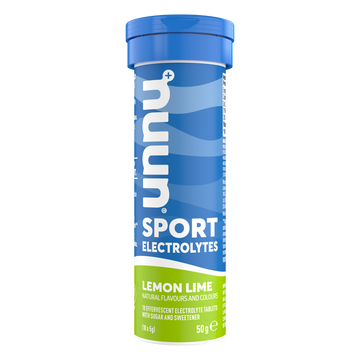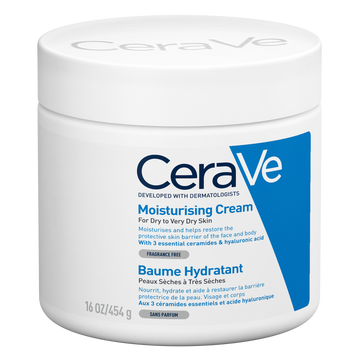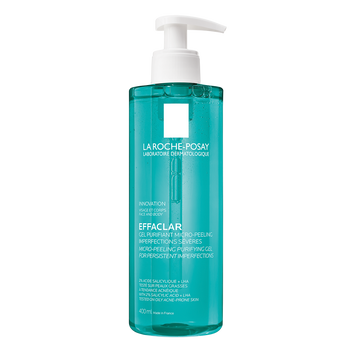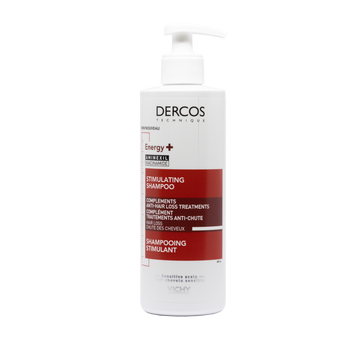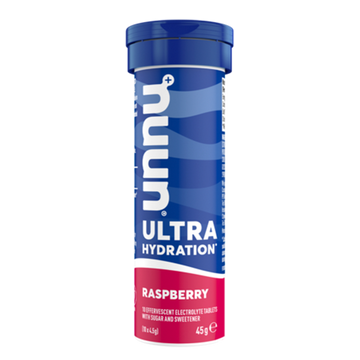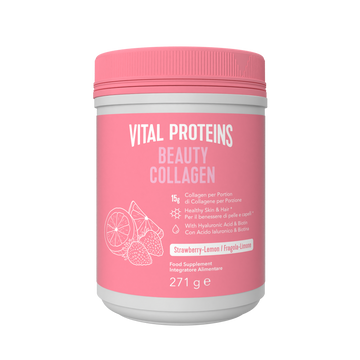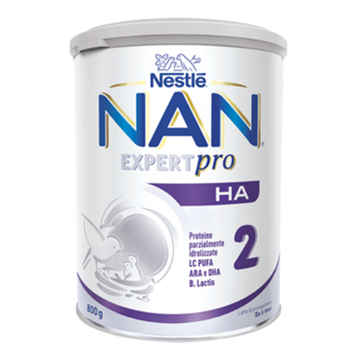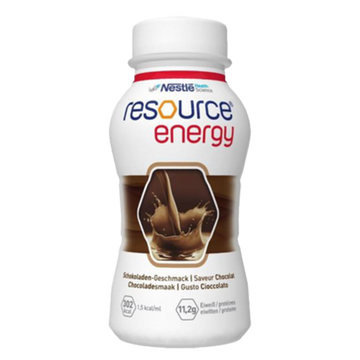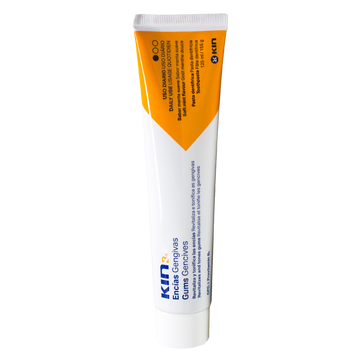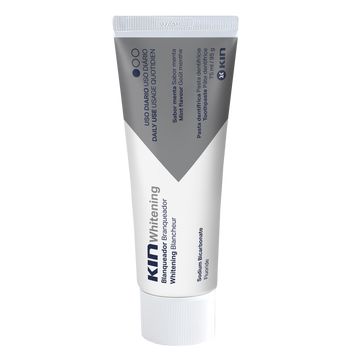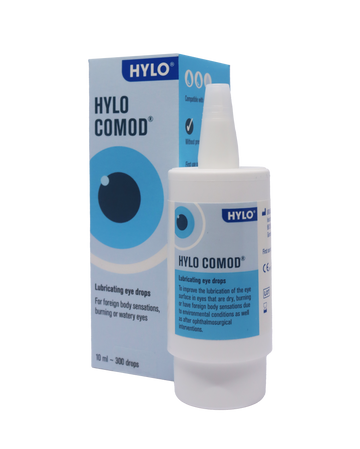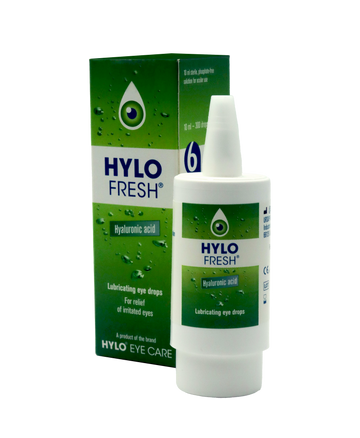One of the most important things you can do for your oral health is to maintain good oral hygiene. That means brushing your teeth and gums at least twice a day, flossing or using interdental brushes once a day, and maintaining a healthy diet.
If you don’t brush and floss regularly, you may risk developing gingivitis, the most common form of gum disease. Gingivitis is an inflammation of the gums that can lead to tooth decay and even loss of teeth if not treated. You can use several products to maintain good oral hygiene, including toothpaste, mouthwash, floss, and interdental brushes. Be sure to choose products that are right for you and will use regularly.
What is gingivitis?
Gingivitis is a bacterial infection of the gums that causes inflammation, redness, and irritation. It is a common infection, especially between the ages of 15-35, but it can occur at any age. If left untreated, it can be dangerous and affect other body parts. Bacteria in the mouth can get dislodged and find their way into the bloodstream.
Gingivitis can last several days or weeks. There are different ways to treat gingivitis, depending on the severity of the infection. For mild cases, good oral hygiene, such as brushing and flossing regularly and using an anti-inflammatory mouthwash, may be enough to clear up the infection. More severe cases may require a course of antibiotics. In some cases, surgery may be necessary to remove infected tissue.
Early detection and treatment can keep it from becoming worse.
Symptoms of gingivitis:
- Bleeding and sore gums
- Gums that pull away from the teeth
- Sensitive teeth
- Pus between the teeth and gums
- Dentures no longer fit properly
- Foul breath that does not improve on cleaning the teeth and mouth
What can I do to avoid Gingivitis?
Gingivitis is often caused by a build-up of plaque, which is a sticky film of bacteria that forms on teeth. When you don’t brush your teeth and floss regularly enough, the pellicle on your teeth (food debris, salivary enzymes, and bacteria) hardens and turns into plaque. Plaque is more challenging to remove with standard hygiene measures. When plaque is allowed to accumulate, it may turn yellow or brown, known as tartar. Tartar can only be removed by a dental professional.
Plaque and tartar can form on the tooth surface, between teeth, behind teeth, on chewing surfaces, and on the gum line. There is more to the tooth surface than we see. Plaque can also be hidden under the visible gum surface, facilitating plaque accumulation and increasing the chance of infection.
If left untreated, gingivitis can lead to more severe conditions, such as periodontitis. There are a few things that you can do to help prevent gingivitis from developing. First, brush your teeth at least twice daily with a soft-bristled toothbrush.
Be sure to brush away from the gumline and to reach all surfaces of your teeth. Be mindful of brushing all the teeth for long enough (about 2-3 minutes total). For example, do not spend more time on the side opposite to the hand you brush with while failing to brush the other side properly. Floss daily or use interdental brushes to remove plaque and debris between your teeth. Use specialized brushes if some surfaces are hard to reach.
Finally, see your dentist regularly for professional cleanings and check-ups. Following these simple steps can help keep your gums healthy and avoid gingivitis.
KIN Gingival Complex
The first step in treating gingivitis is deep cleaning of gums and teeth using specific oral hygiene products with antiseptic benefits to remove troublesome plaque.
KIN Gingival Complex Toothpaste and KIN Gingival Complex Mouthwash are used in conjunction for the short-term treatment of gingivitis.
The ingredient chlorhexidine provides an antiseptic effect inside the mouth to kill most bacteria. In addition, the complex formed with provitamin B5 and Allantoin, called Alpantha®, decreases inflammation, redness, and bleeding of the oral mucosa. Cetylpyridinium chloride also inhibits bacteria within dental plaque and reduces the chances of plaque maturation around the teeth.
Toothpaste and mouthwash have different roles; that is why both should be used, especially in the case of gingivitis. Mouthwash isn’t a way to avoid brushing your teeth. Using it right before brushing can help remove larger pieces of food and break down plaque so that it may be more easily removed with a toothbrush.
On the first signs of gingivitis, KIN Gingival Complex Toothpaste and KIN Gingival Complex Mouthwash should be used for 2-3 weeks or as directed by your dentist. KIN B5 Toothpaste and Mouthwash should then be used for daily use and long-term plaque control after treatment with KIN Gingival Complex has been completed.
Sources:
Gum Disease (Gingivitis and Periodontitis). (2021, December 15). Healthline.https://www.healthline.com/health/gingivitis
How to Brush Your Teeth with a Standard or Electric Toothbrush. (2019, November 21). Healthline. https://www.healthline.com/health/dental-and-oral-health/how-to-brush-your-teeth

